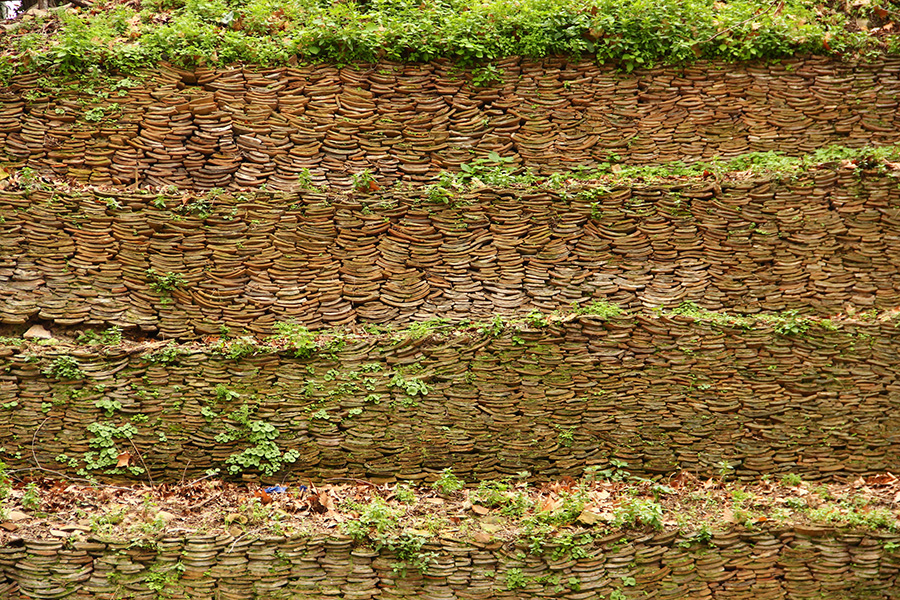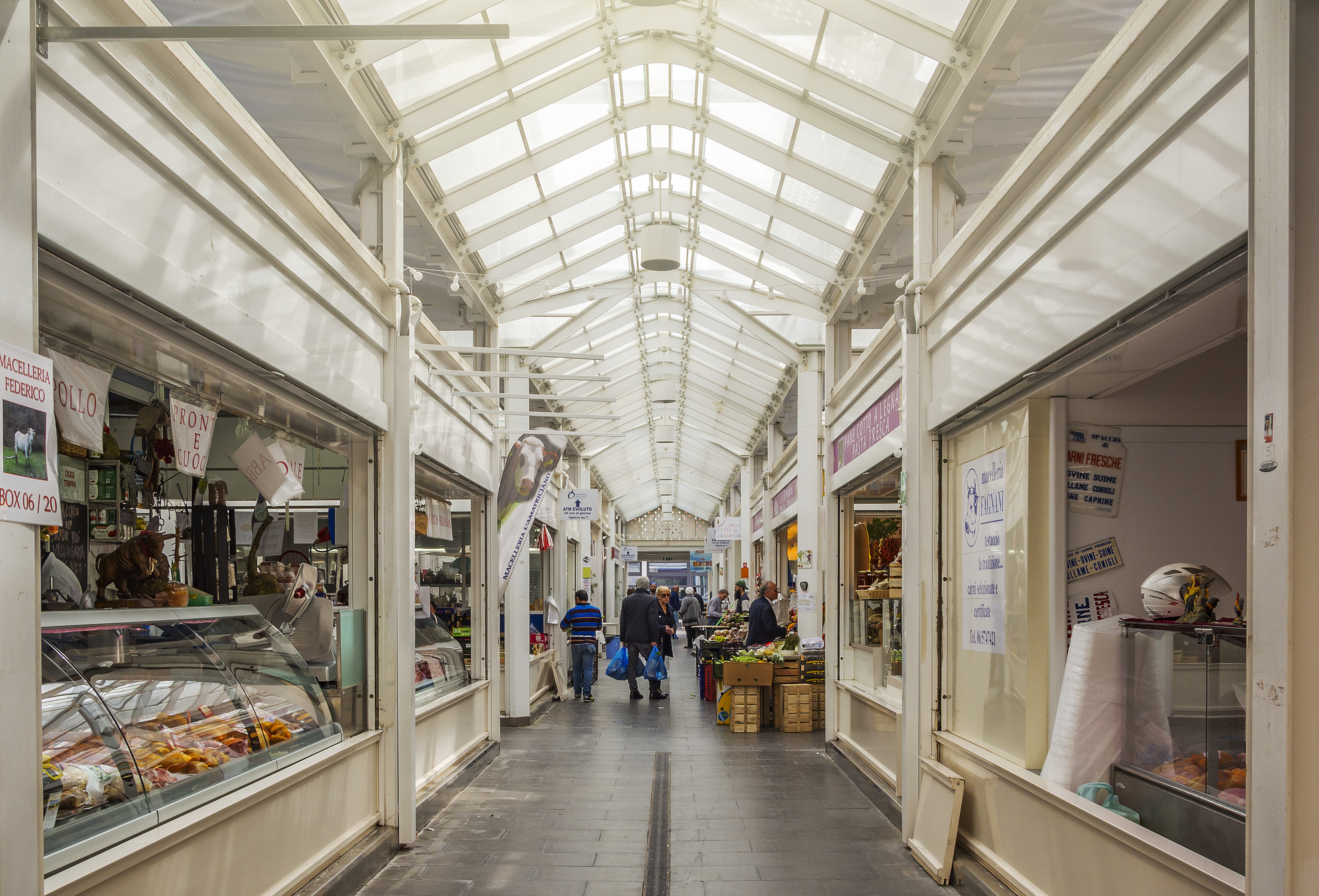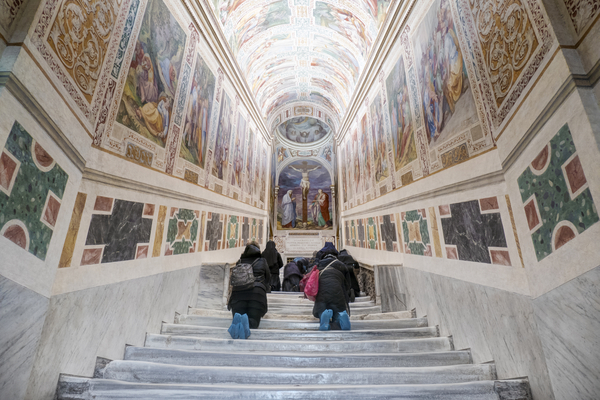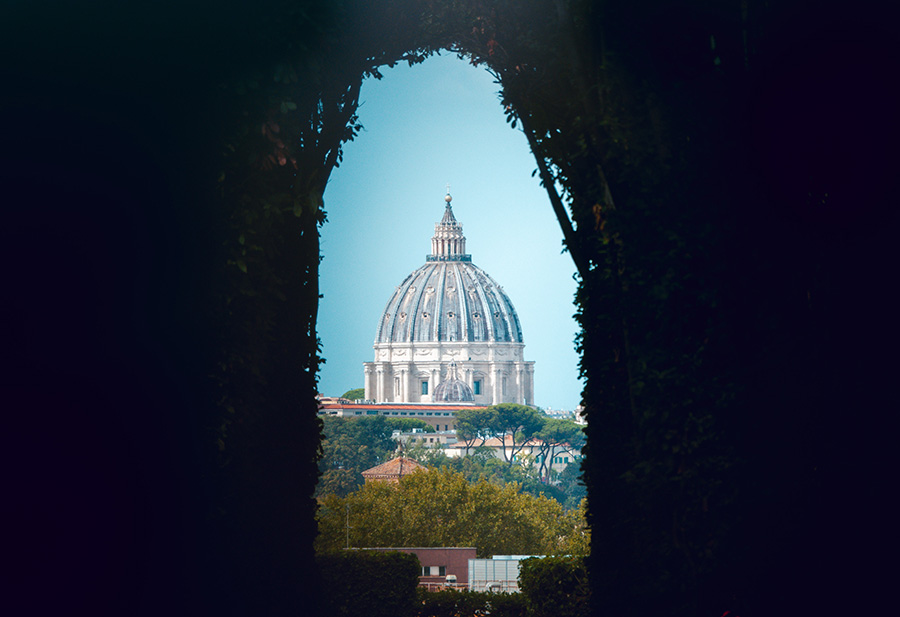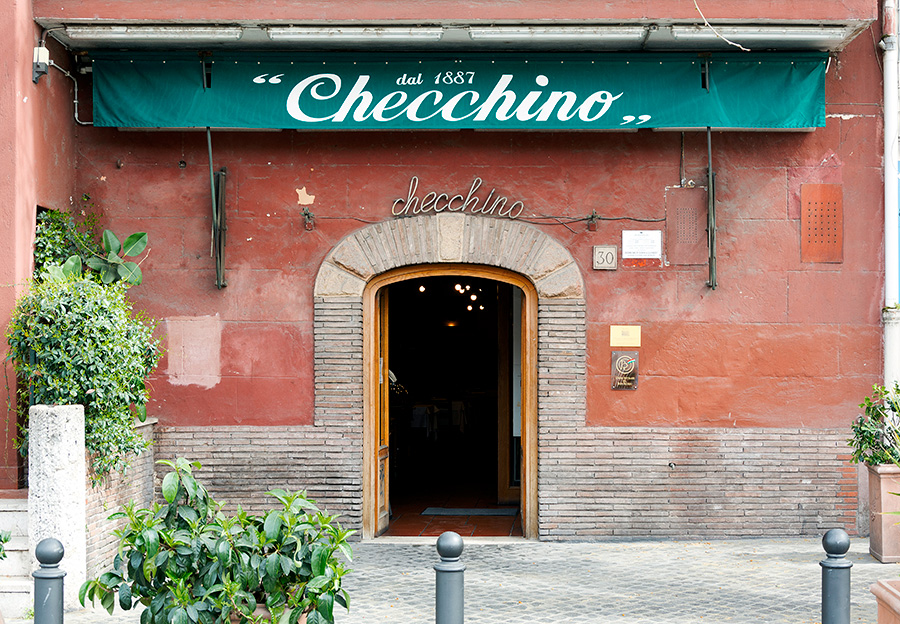Rome: the enticing eternal city
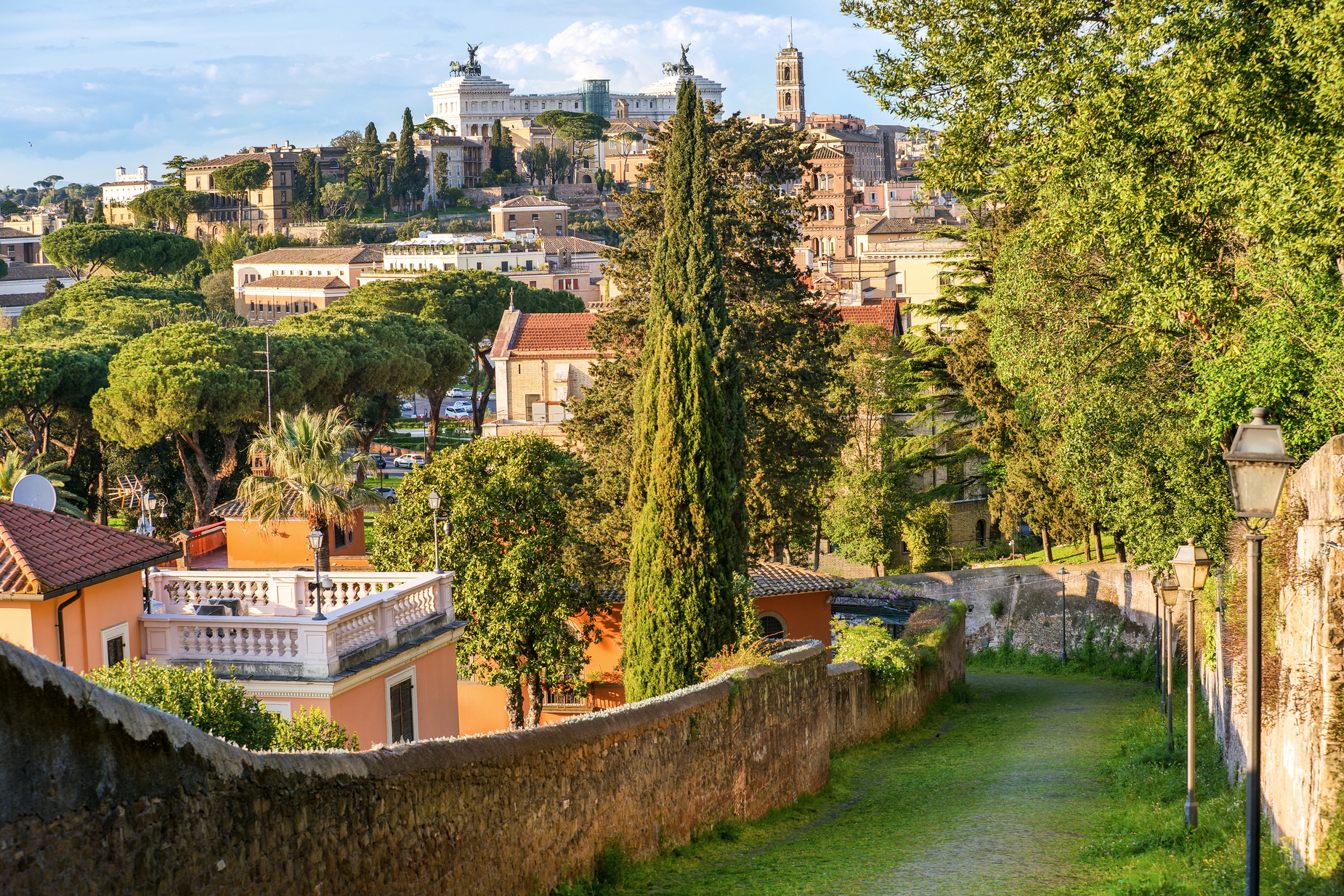
Aventin
If you wanted to explain what Rome actually is, it would probably be easier to start with what it isn’t. The eternal city offers everything the heart could desire: art and faith, a food culture, coffee bars and joie de vivre. And above all, wonderful people.
A district of pottery fragments: Monte Testaccio
A vast spoil heap forms Rome's eighth hill, a small wonder of the world of ancient commerce and ingenious sustainability. There are probably over 50 million amphora piled up into Monte Testaccio which stands 45 metres high and gives an entire district its name: Testaccio from the Latin “testae”, which means pottery fragments. The earthenware jars discarded here carried basic foodstuffs such as cereals, oil and wine from all over the Mediterranean to the capital of the Roman Empire. The amphora could hold around 70 litres, in a way the pre-pre-precursors of today's containers. After delivery they were disposed of in situ – and suitably for the environment. Millions of ceramic fragments are now covered in grass and trees. In the heart of Monte Testaccio, whose circumference is almost 1,000 metres, archaeologists can learn about Roman trade relations, all the way to identifying individual manufacturers in North Africa. The former “belly” of Rome cannot deny its heritage. Today there’s a lively nightlife on Monte Testaccio and a wonderful covered market. In the Mercato di Testaccio you can see the diversity of Roman cuisine that seems to use practically everything, all the way to specialities such as liver and tripe. It's all about sustainability too, which we would do well to learn about again.
Hard to believe: the Holy Stairs
Some simply stand incredulously, amazed as they watch pilgrims climbing the twenty-eight steps to the top of the Scala Sancta on their knees, praying, touching the floor, pausing and then praying again as they take the next step. It is not just any old staircase, though. According to Roman Catholic tradition, it led to the praetorium of Pontius Pilate in Jerusalem on which Jesus stepped during the Passion as he went to his trial, which is why believers only go up the Holy Stairs on their knees. According to legend, they were brought to Rome by Saint Helena in the fourth century. In 1724 Pope Benedict XIII had them encased in wood because the marble steps had already become quite worn down by thousands of pilgrims. In 2019 they were briefly uncovered for restoration work to take place. Between April and July, pilgrims could climb the marble steps that had been protected for almost 300 years, triggering huge congestion. Three recesses in the wood allow glimpses of the stone underneath. The Scala Sancta has a magic all its own. Few just stand and watch the pilgrims from a distance. It is as if the staircase invites them to emulate the others. Climbing twenty-eight steps is like a meditation session, except your knees hurt. As a reward, the shop stocks a small pendant featuring an image of the Holy Staircase.
Away from the hustle and bustle: the Aventine
Be under no illusion: there are no more secret tips for Rome, no unknown addresses and no secluded places. But who travels to the capital of the world for peace and quiet? On top of the Vatican, Spanish Steps, Pantheon, Trevi fountain, Colosseum and Bocca della Verità, there is still plenty to discover: the Aventine for instance, the ancient hill that is home to the city’s more affluent citizens. This green district in the south probably features Rome’s most famous keyhole in Piazza dei Cavalieri di Malta. The door offers a view of St Peter's Basilica perfectly framed by green hedges. The entrance to the Maltese monastery is easy to find – just follow the queue. Elsewhere too, the Aventine is characterised by shady gardens. A few steps further on, the slender columns rise up of the Basilica of Santa Sabina, for many one of Rome’s best-preserved early churches. Visitors’ steps fade away in the peaceful, uncluttered nave. In the area in front of the basilica, water spouts from the Mascherone di Santa Sabina, a grotesque mask designed by Giacomo della Porta that once provided refreshment on the Forum Romanum and the Quirinal, before being moved here in 1936. Rome’s clouds are reflected in its flowing water and bubbling tub. It’s time to be among people again.
Tipps
Dining in the belly of Rome: Checchino dal 1887, Via di Monte Testaccio 30,
https://checchino-dal-1887.com
Pilgrims on the Holy Stairs: Scala Sancta, directly opposite the Lateran Basilica, No. 15 on this map:
https://web.stanford.edu/group/spatialhistory/nolli/#%5B12.5058%2C41.8865%5D
Look through Rome’s most famous keyholefor a view of St Peter's Basilica: Piazza dei Cavalieri di Malta
